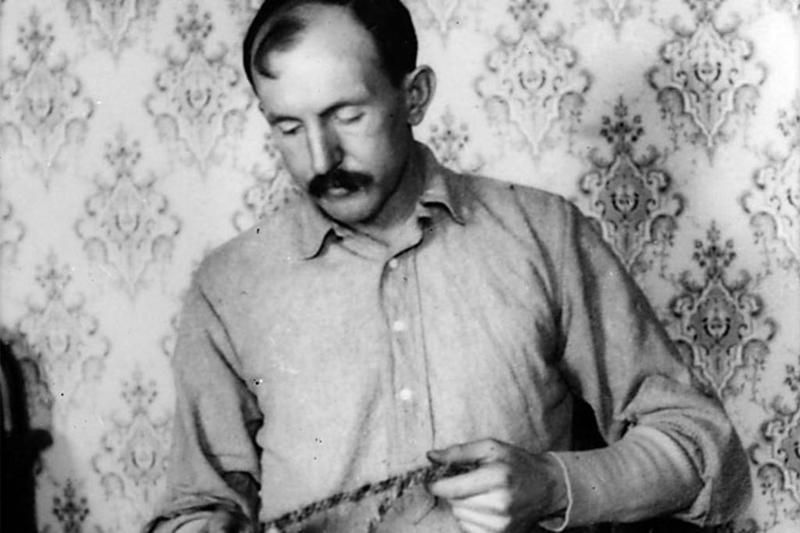Mike Irwin
Staff
"The 357 magnum was created during the 1930's at the request of LE agencies after some high profile failures of common rounds of the day including 38 Special, 44 Special, 45ACP and 45 Colt."
Actually, no.
The primary drive behind the .357 Magnum cartridge was a sporting round.
The men who pushed for the .357 were Phil Sharpe and Elmer Keith.
S&W had answered the call of police in the 1920s with the .38-44 Heavy Duty round, which proved to be more than capable of fulfilling the needs of police at that time.
Remember how the .357 revolver was introduced -- as a custom shop, largely hand made handgun that came with a registration certificate.
It was nearly double the cost of an N frame in .38-44, meaning that it was WELL beyond the means of virtually every law enforcement officer in the country.
Some police organizations did purchase .357 Magnums prior to World War II, but they were very few, and very far between.
It wasn't until after World War II that S&W began pushing the .357 toward police forces with the Model 28 (a less expensive version of the Model 27) and the Model 19, but fact is, very few police forces ever wholesale adopted the .357 Magnum-chambered revolver.
Until the last gasp of the police revolver in the 1970s with the advent of the wonder 9 revolution, the .38 Special revolver ruled the roost.
Actually, no.
The primary drive behind the .357 Magnum cartridge was a sporting round.
The men who pushed for the .357 were Phil Sharpe and Elmer Keith.
S&W had answered the call of police in the 1920s with the .38-44 Heavy Duty round, which proved to be more than capable of fulfilling the needs of police at that time.
Remember how the .357 revolver was introduced -- as a custom shop, largely hand made handgun that came with a registration certificate.
It was nearly double the cost of an N frame in .38-44, meaning that it was WELL beyond the means of virtually every law enforcement officer in the country.
Some police organizations did purchase .357 Magnums prior to World War II, but they were very few, and very far between.
It wasn't until after World War II that S&W began pushing the .357 toward police forces with the Model 28 (a less expensive version of the Model 27) and the Model 19, but fact is, very few police forces ever wholesale adopted the .357 Magnum-chambered revolver.
Until the last gasp of the police revolver in the 1970s with the advent of the wonder 9 revolution, the .38 Special revolver ruled the roost.



